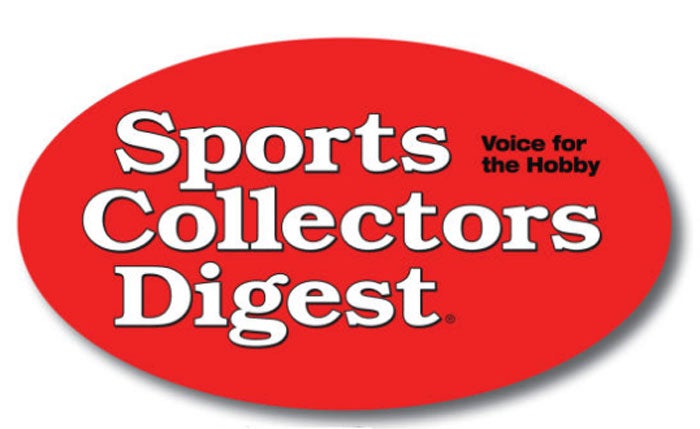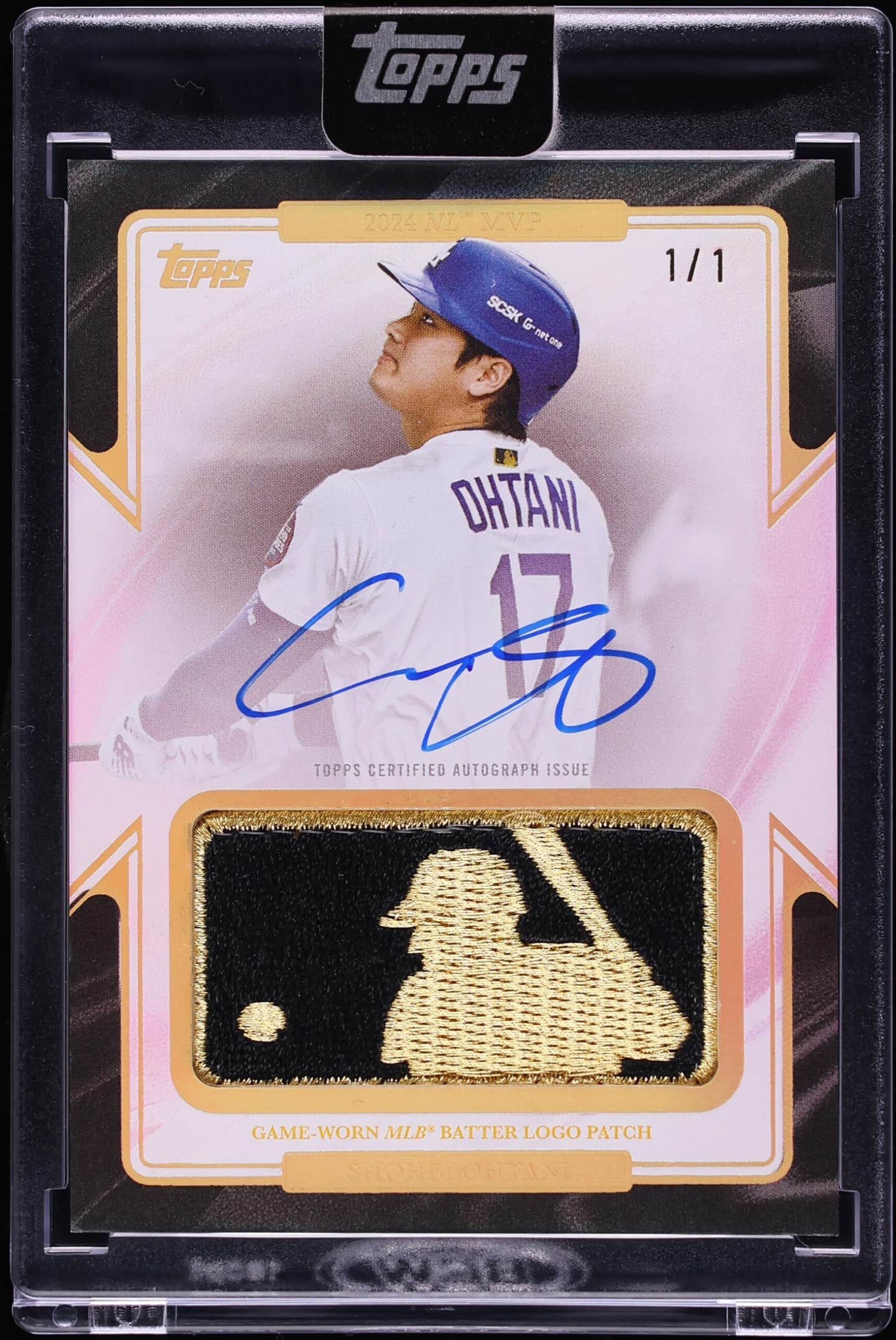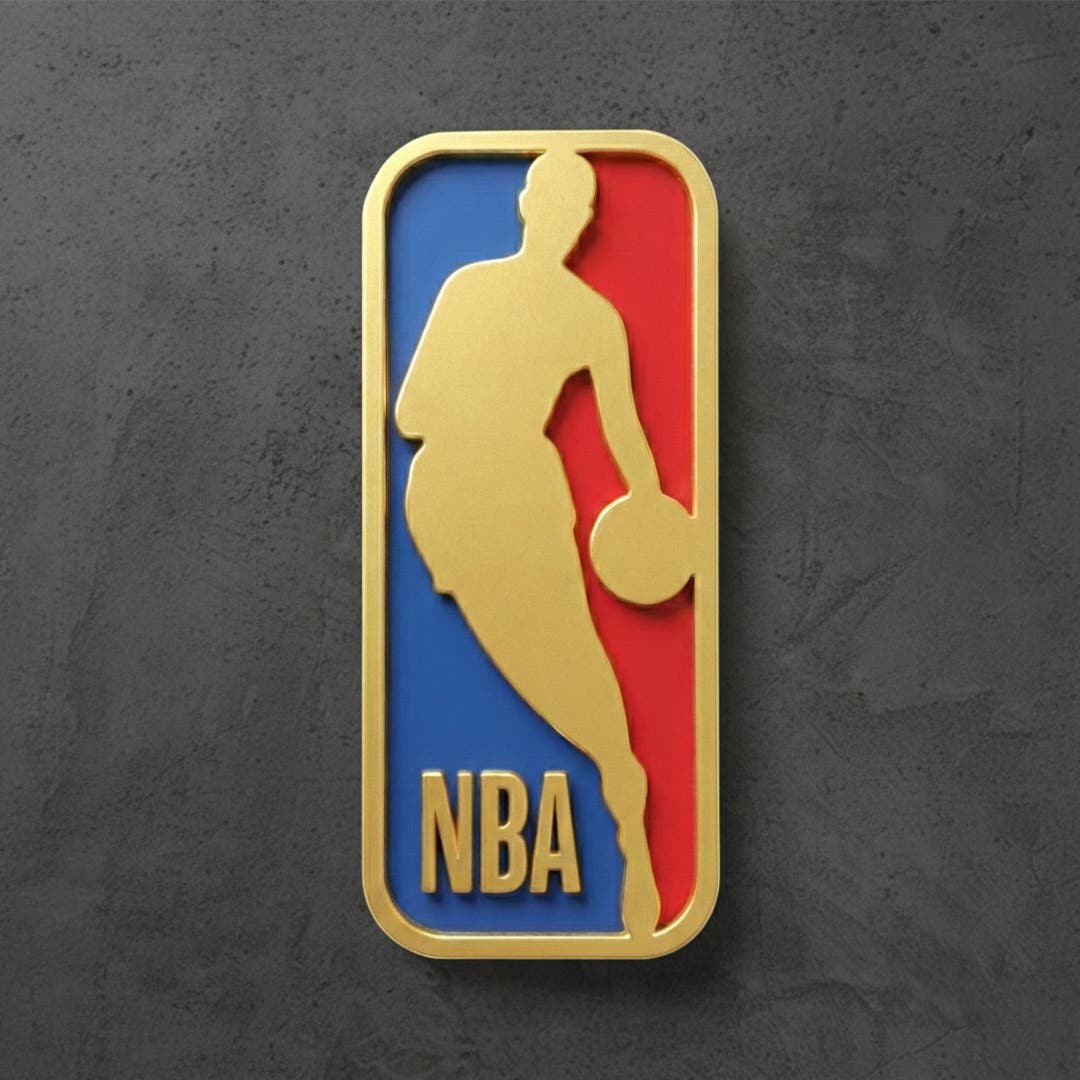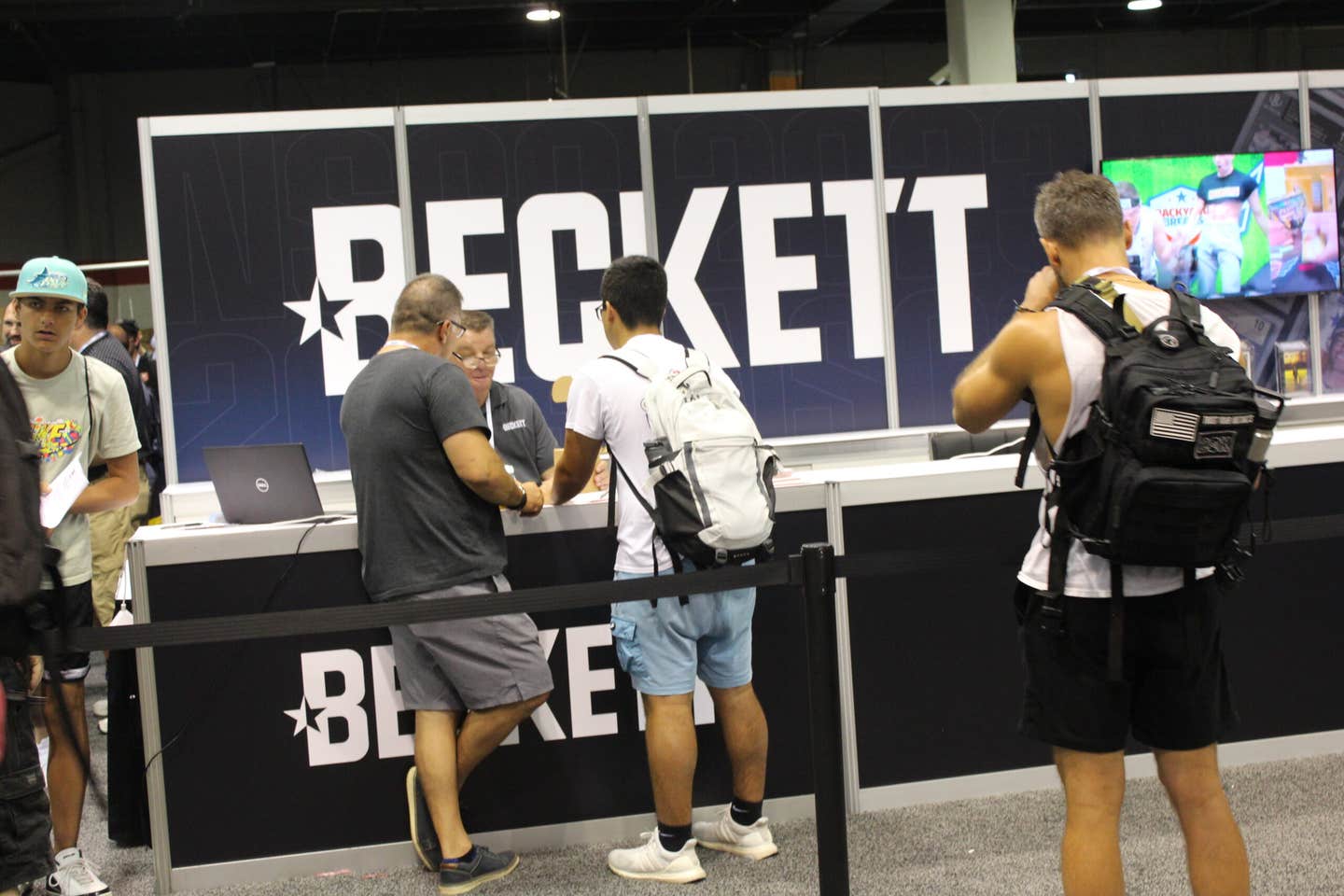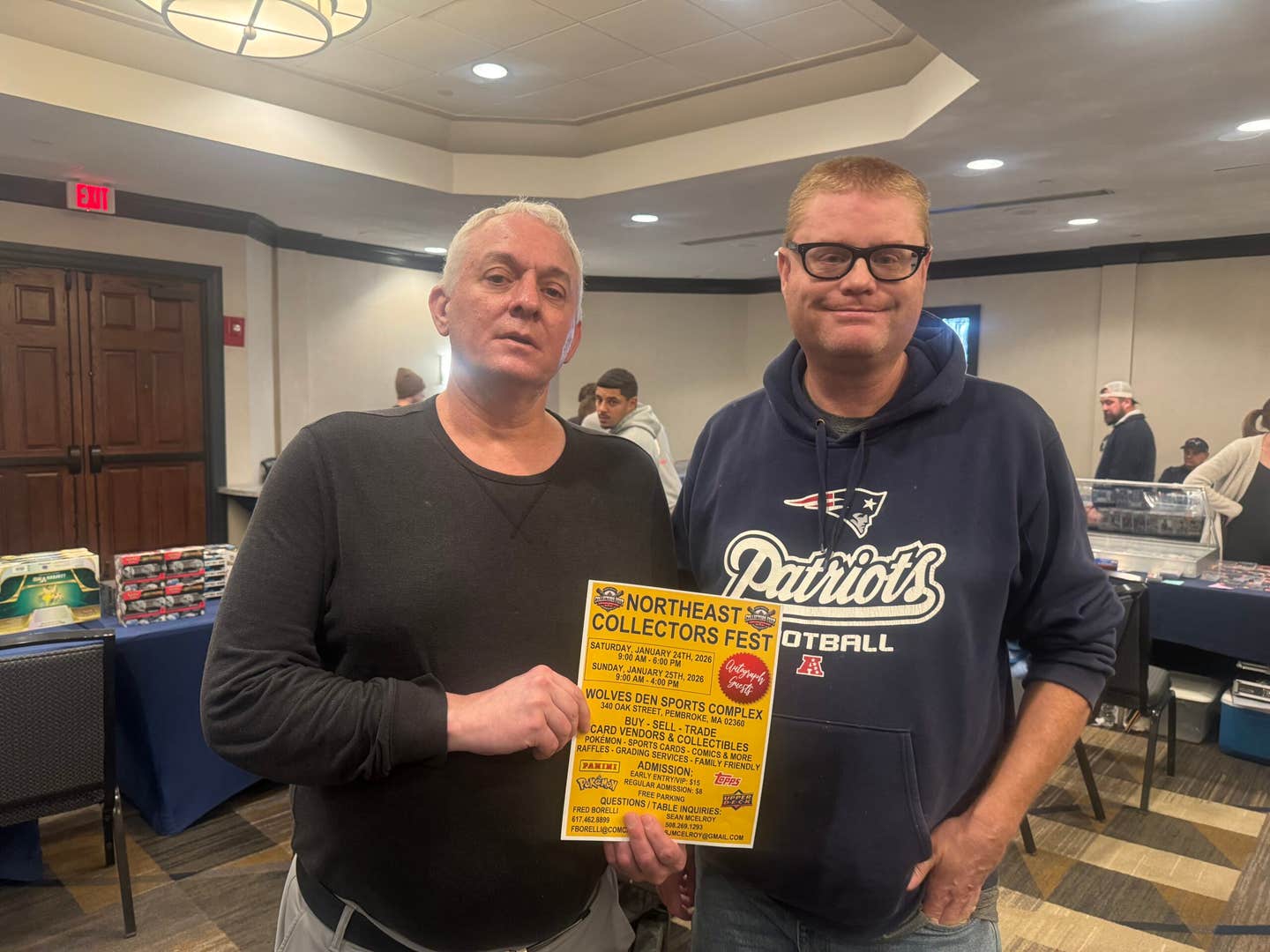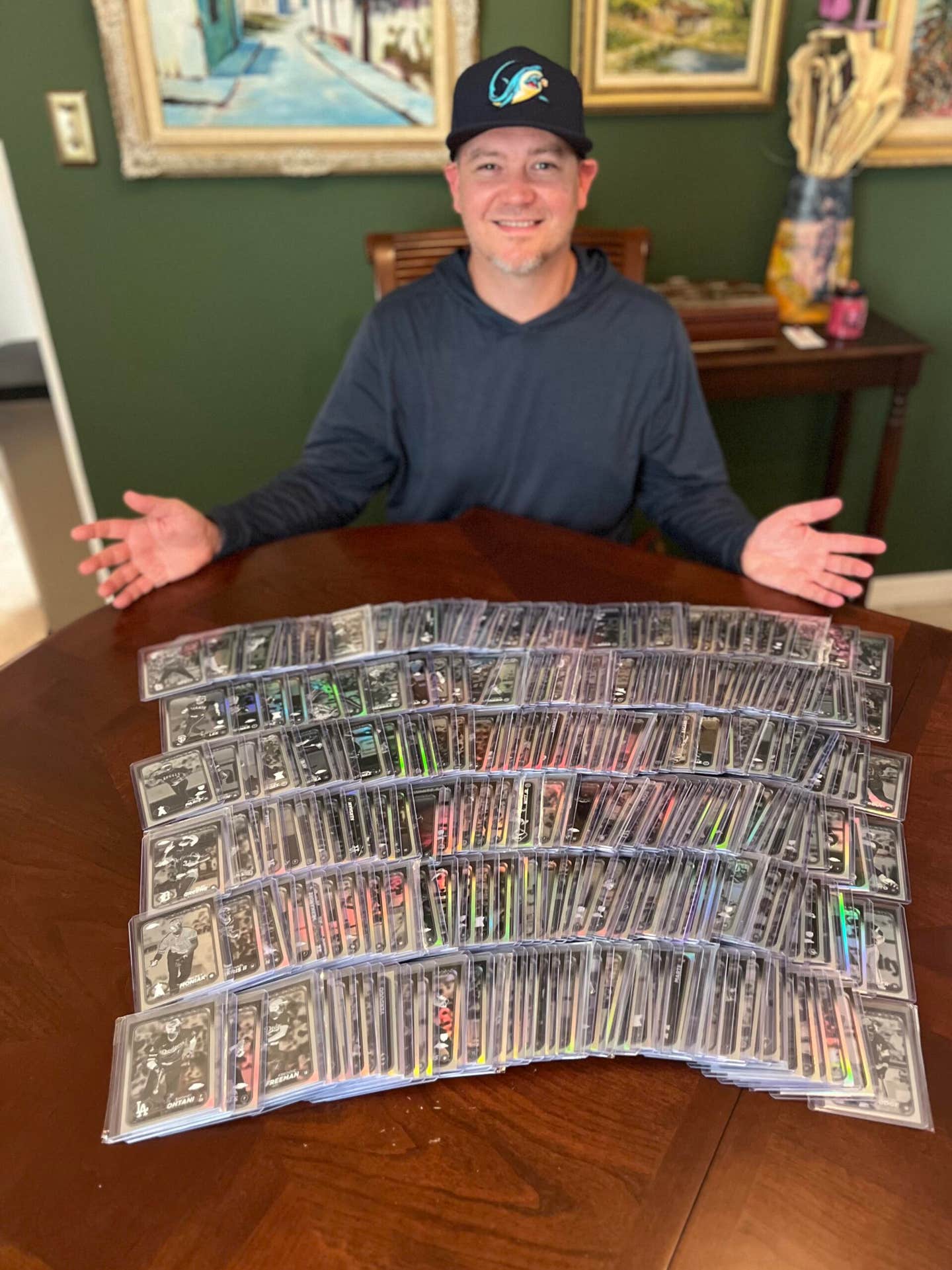Cards
1970s Topps Baseball Revisited Part III
This is the third and final installment of a rerun of a story I did about 1970s Topps baseball issues. It is being run as I am taking a few vacation days to head up to play golf in Northern Wisconsin and the Upper Peninsula of Michigan. I’ll be back with live programming on Wednesday, Sept. 22. The reruns will run Friday, Monday and Tuesday. – O’Connell
1979
The status quo got a workout in 1979 as Topps’ set changed only a whisper from the previous year. From passion pink checklists to a couple of dozen plus black and white rookie prospect cards, here was another offering designed to satisfy the hard-core collector and the not-too discriminating youth of America and not much else.
In Topps’ defense, it should be noted that the company in 1979 paid little if any attention whatsoever to the grumblings of adult card collectors. This was a group looked upon by the Burghermesiters of Brooklyn as little more than an assemblage of arrested adolescents. The company apparently felt then, and for some time to come, that their customers were the youngsters who bought the cards at the candy store, and that was probably true enough. Still, the adult collector was a force soon to be reckoned with, and much of that eventual acceptance by Topps apparently came about from observing the conscientious efforts by its new competitors to woo the older audience.
In the midst of all this numbing mediocrity, how chilling to also find a truly ominous design addition. In 1979 Topps decided to affix a company logo to the front of the crowd, a movement that would come into full flower in the next decade when a half dozen young companies scrambled to get their name recognition improved. With Fleer knocking at the anti-trust door in court, and Topps probably hearing a discouraging word or two from the MLB Player’s Association about the need for that group to expand its revenues, this logo gesture might have represented the feeble caterwauling of a monopoly about to lose its big stick (of gum).
1980
If telling the difference between 1978 and 1979 was difficult (or actually, telling any of those four years apart), then the arrival of 1980 cards in January of that year didn’t help much. The nifty banner that splashed across the bottom of the 79s was now found, only slightly altered, in opposite corners of the 1980 model.
One of the Sominex design elements of the 70’s, putting an innocuous highlight or record breaker card at the beginning of the set, was used again in 1980 with a card noting Yaz and Brock getting hit #3,000. As Topps had done in previous years, they dabbled with a vague color coding by teams, using the same colors in the corner banners for certain teams, but rather than offering a sense of uniformity the color mish-mash created a kind of blurry confusion.
Oh, well, at least it was colorful, which is more than could be said of some of its more immediate ancestors. Adding to the color fun were checklists adorned in Exorcist Pea Soup Green, which nicely complemented the rookie card entry, now in full color once again, and laughingly titled “Future Stars.” Tell that to Cubs fans still waiting for the highly anticipated Wrigley Field exploits of Dave Geisel, Steve Macko and Karl Pagel, or folks in Pittsburgh counting on base hits from Dorian Boyland, Alberto Lois and Harry `Saferight.
Anyway, it’s not fair to pick on Topps about rookie selections. The most famous rookie in the set, and one of the most famous of The Dark Ages, wasn’t even crammed onto one of those cards but got one of his own. That honor would go to Rickey Henderson, whose rookie card commands (requests?) about $75 or so, fully half what it did at one time a half dozen years ago. While he hasn’t done anything to reduce his chances for Hall of Fame enshrinement in the past five years, he has apparently done something to lower the demand for his card. Maybe he can blame it (price decline) on the lackluster 1980 set, but it’s hard to see how the set might have declined during that span.
And, of course, it didn’t. While our article suggests quite conveniently that The Dark Ages ended in 1981 with the arrival of Fleer and Donruss, it wouldn’t take too much imagination to contend that the creative lethargy at Topps actually extended for a couple more years, through the dreaded softball cap fiasco of 1981 and the hockey stick set one year later.
Then, it seems fair to say, Topps came up with a winner by putting out the 1983 set, which, of course, looked very much like the Topps set of 20 years before that.
Maybe that’s the key. If you’re going to recycle design elements, make sure they are winners to begin with.

